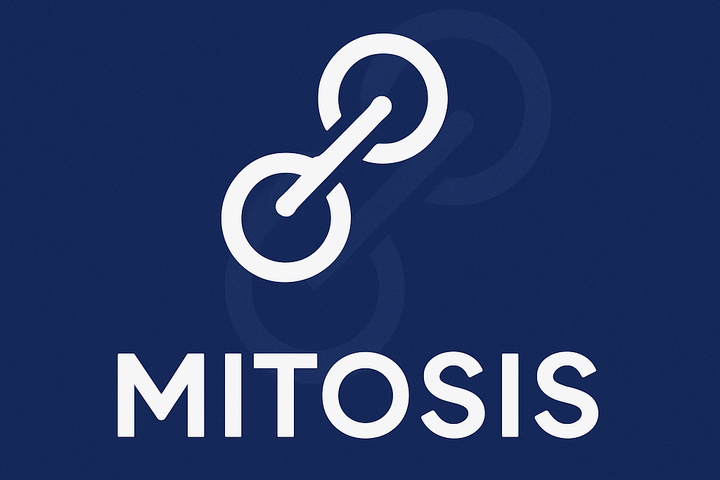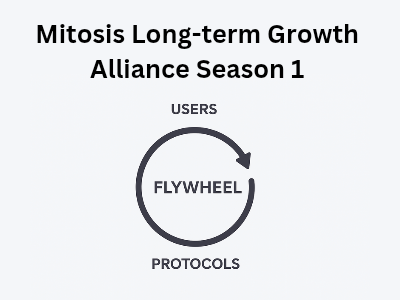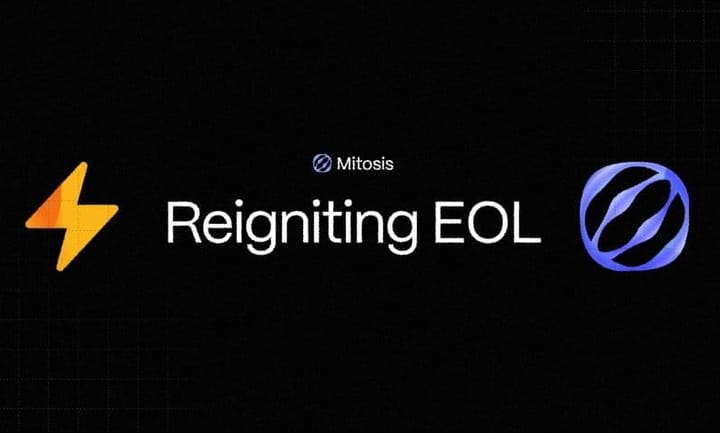A Deep Dive into Initia’s VIP Program: Aligning Incentives in a Multi-Chain DeFi Ecosystem

Introduction
Decentralized Finance (DeFi) thrives on interconnected networks, but misaligned incentives between users, developers, and protocols often hinder growth. Initia, a modular Layer 1 blockchain built on the Cosmos SDK, addresses this with its Vested Interest Program (VIP), a groundbreaking mechanism to foster economic alignment across its ecosystem of interwoven rollups, known as Minitias. Launched alongside its 2025 mainnet, VIP leverages the $INIT token to reward participation and ensure collective success. This article delves into VIP’s structure, benefits, challenges, and its potential to redefine multi-chain DeFi.
The Need for Incentive Alignment in DeFi
DeFi’s multi-chain landscape spanning Ethereum, Cosmos, and beyond creates complexity. Developers juggle fragmented liquidity, users face high fees and siloed apps, and Layer 2 solutions often prioritize short-term gains over ecosystem health. Traditional grant programs and airdrops can exacerbate this, favoring mercenaries over committed stakeholders. Initia’s VIP, introduced in August 2024, tackles these issues by programmatically distributing $INIT tokens to align users, Minitia teams, and the Layer 1 (L1) network, creating a virtuous cycle of engagement and growth.
How Initia’s VIP Works
VIP is a meticulously designed reward system that incentivizes valuable economic activity across Initia’s ecosystem. Here’s a breakdown of its mechanics:
▪️Reward Allocation: At network genesis, 25% of the 1 billion $INIT token supply is reserved for VIP, distributed over several years in regular stages. Each stage allocates rewards to whitelisted Minitias, which then split them among users and operators.
▪️ Escrowed Tokens (esINIT): Rewards are issued as non-transferable esINIT tokens, which vest into $INIT via two paths: maintaining a VIP Score over vesting periods (e.g 52 stages) or “zapping” into a locked $INIT TOKEN liquidity pool on InitiaDEX, earning staking rewards and swap fees.
▪️ Scoring and Distribution: User rewards depend on their VIP Score, based on Minitia-specific actions like trading or holding assets (e.g. SILVER on Civitia). Operators can set a commission rate to claim a portion of rewards, incentivizing active Minitia maintenance.
▪️Governance Oversight: Minitias must be approved by Initia L1 governance via on-chain proposals, ensuring only high-quality rollups participate.
Tested during the 2024 Initiation: Part Two testnet, VIP rewarded actions like MinitSwap usage, proving its ability to drive engagement.
Benefits for the Initia Ecosystem
VIP’s design delivers tangible advantages for all stakeholders:
▪️Users: LPs and app users earn esINIT for routine actions, like trading on Minitias, with no extra cost. Zapping into liquidity pools offers immediate yield, boosting retention. X posts highlight user excitement, with one calling VIP “rewards for just using apps.”
▪️Developers and Minitias: VIP acts as a programmatic grant system, monetizing innovative apps without reliance on biased funding. Operators benefit from commission rates, encouraging long-term Minitia development.
▪️L1 Network: By tying rewards to $INIT usage, VIP ensures the token’s centrality, enhancing its value as the ecosystem’s “hard money.” Stakers in Initia’s Enshrined Liquidity also influence VIP reward distribution, aligning L1 and L2 incentives.
This creates a feedback loop: user activity drives Minitia growth, which strengthens the L1, increasing $INIT demand and ecosystem value.
Impact on Multi-Chain DeFi
VIP positions Initia as a leader in modular DeFi, addressing fragmentation seen in ecosystems like Cosmos, where the Hub failed to centralize liquidity. Key impacts include:
▪️Unified Economy: VIP’s cross-Minitia rewards foster interoperability, reducing the need for multiple wallets or bridges. This aligns with Initia’s vision of a seamless, iPhone-like blockchain experience.
▪️Sustainable Growth: Unlike airdrops that spark short-term hype, VIP’s vesting and scoring incentivize long-term participation, stabilizing $INIT’s $700 million FDV.
▪️ Developer Appeal: By offering economic support and fee-splitting (via Kickbacks), VIP attracts builders to Initia’s modular stack, rivaling platforms like Celestia.
With $25 million raised and a team of ex-FAANG and Terra engineers, Initia has the credibility to execute.
Challenges and Considerations
VIP’s ambition comes with risks:
▪️Complexity: Scoring and vesting mechanics may confuse casual users, as seen in testnet feedback about unclear criteria. Initia must simplify onboarding to scale.
▪️Security: Escrowed tokens and cross-chain operations face smart contract risks, with DeFi hacks costing $1 billion in 2024. While Initia’s audits are undisclosed, robust security is critical.
▪️Engagement Fatigue: Maintaining VIP Scores over long vesting periods could deter users, especially if rewards lag expectations. Flexible zapping options mitigate this but need refinement.
Initia’s response iterating based on testnet data and community input shows commitment to addressing these hurdles.
A Model for DeFi’s Future
Initia’s VIP is more than a reward program, it’s a new economic paradigm for multi-chain DeFi. By aligning users, developers, and the L1 through $INIT, it creates a cohesive ecosystem where participation fuels collective success. The 2024 testnet laid the groundwork, and mainnet’s $INIT governance will amplify its reach, letting stakers shape reward flows.
For LPs, VIP offers passive income for everyday app use. For developers, it’s a sustainable funding model. For DeFi, it’s a blueprint to unify fragmented chains, potentially capturing a slice of the $100 billion TVL market in 2025. As Initia scales, VIP could redefine how ecosystems incentivize growth, proving that in a multi-chain world, alignment is everything.
For more updates as regards Mitosis ecosystem, check out their official pages at: Website | X | Discord | Telegram



Comments ()